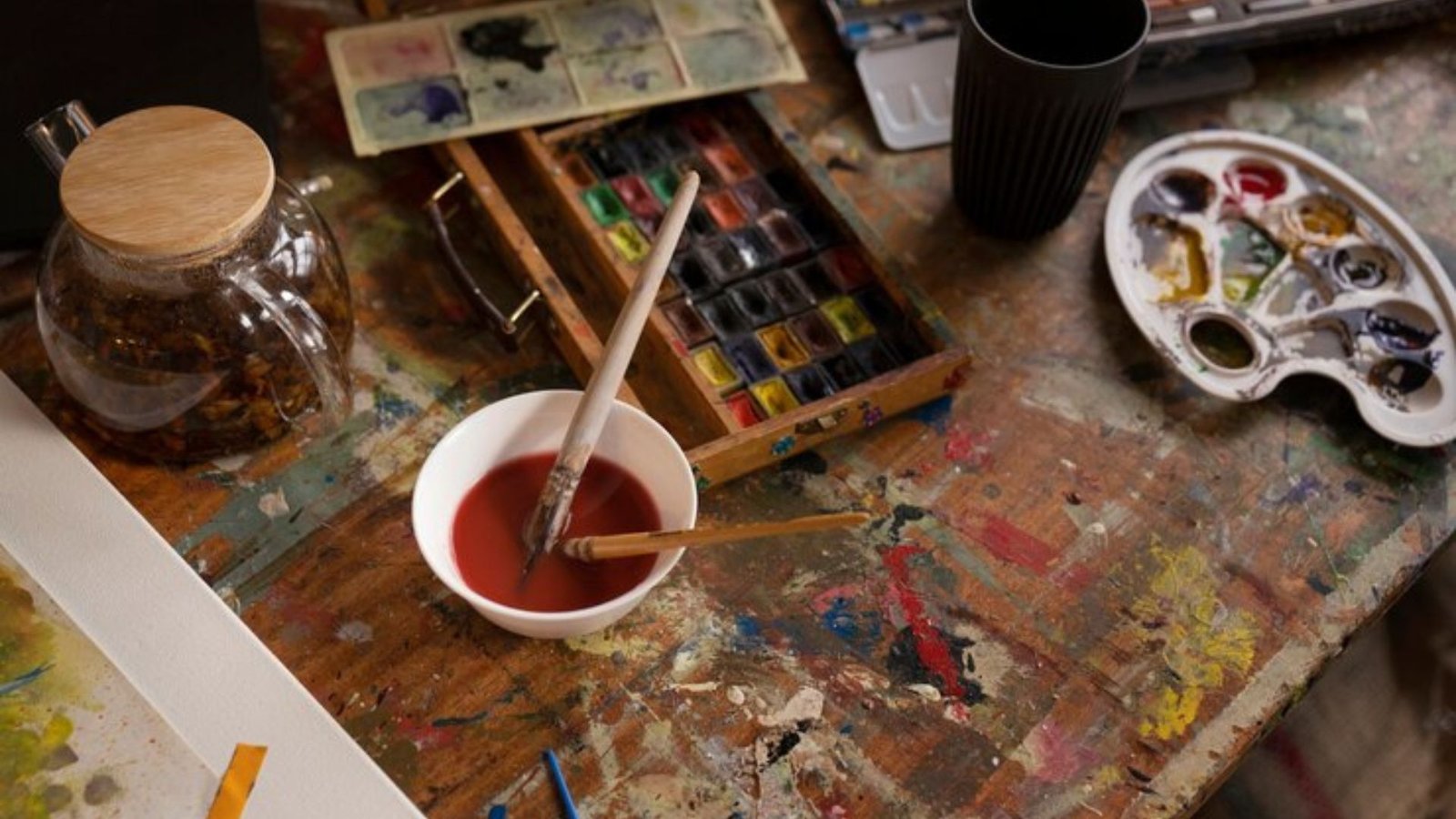Art is a profound means of expression that has the power to transcend time. Throughout history, artists have looked to the past to inspire their creations, drawing from historical events, cultural heritage, and personal memories. The concept of reviving the past in art is not merely about imitation; it is an exploration of nostalgia, creativity, and the ways in which the past shapes contemporary artistic practices. This article delves into the significance of nostalgia in art, the techniques used by artists to revive historical elements, and the impact of this revival on society and culture.
The Role of Nostalgia in Art
Nostalgia is a complex emotional response that blends fondness for the past with a sense of longing. In the context of art, nostalgia serves as a powerful tool that evokes memories and feelings associated with previous eras. Artists often harness this emotional response to connect with their audience, creating works that resonate deeply on a personal level.
Understanding Nostalgia
Nostalgia can be traced back to the Greek word “nostos,” meaning “return home,” and “algos,” meaning “pain.” It embodies a yearning for the past, often idealized and romanticized. In art, this nostalgia manifests in various forms:
Historical References: Artists incorporate elements from specific historical periods to evoke a sense of time and place.
Cultural Heritage: The revival of traditional techniques and motifs allows artists to connect with their cultural roots.
Personal Memories: Artists draw from their own experiences, often revisiting childhood or significant life events, to create a sense of intimacy and familiarity.
The Emotional Connection
The emotional resonance of nostalgic art can foster a sense of community and shared experience. When viewers engage with artworks that reflect their own memories or cultural background, it can lead to a deeper appreciation and connection with the piece. This emotional connection is essential for understanding why artists often choose to revive the past.
Techniques for Reviving the Past in Art
Artists employ various techniques to incorporate historical elements into their work, each bringing a unique perspective to the revival of the past.
Historical Reinterpretation
One of the most common approaches is historical reinterpretation. Artists take established styles, themes, or techniques from the past and reimagine them in a contemporary context. This might involve adopting a classical style while addressing modern themes or using historical subjects to comment on current societal issues.
For example, contemporary artists may reinterpret classical paintings by infusing them with modern technology, social commentary, or personal narratives, creating a dialogue between past and present.
Mixed Media and Collage
Mixed media and collage are powerful techniques that allow artists to blend various materials and styles. By combining historical photographs, vintage materials, and contemporary elements, artists can create layered narratives that tell a story across time.
This technique not only revives the past but also adds depth and complexity to the artwork. The juxtaposition of old and new can provoke thought and reflection, encouraging viewers to consider the relationship between different eras.
Reviving Traditional Techniques
Some artists choose to revive traditional techniques, such as printmaking, weaving, or pottery, to honor their cultural heritage. By utilizing methods passed down through generations, artists can reconnect with their roots while bringing these techniques into a contemporary context.
This revival of traditional craftsmanship not only preserves cultural identity but also showcases the beauty and relevance of age-old practices in today’s world.
Symbolism and Iconography
Many artists incorporate symbols and iconography from the past into their work. These symbols often carry historical significance and can evoke specific emotions or memories. By using familiar motifs, artists create a bridge between their audience and the past, fostering a sense of recognition and nostalgia.
For instance, an artist might include motifs from ancient civilizations or folklore, inviting viewers to explore the meanings behind these symbols and their relevance in contemporary society.
The Impact of Reviving the Past in Art
Reviving the past in art has far-reaching implications for both artists and society as a whole.
Cultural Preservation
One of the most significant impacts is cultural preservation. By revisiting historical themes, techniques, and narratives, artists play a vital role in keeping cultural heritage alive. This revival fosters appreciation for traditions that might otherwise be forgotten in a rapidly changing world.
Social Commentary
Art has always served as a reflection of society. By reviving the past, artists can comment on contemporary issues, drawing parallels between historical events and current social dynamics. This interplay between past and present can provoke critical discussions and inspire change.
Fostering Creativity
The act of revisiting the past encourages creativity and innovation. Artists are challenged to reinterpret historical elements in novel ways, leading to the emergence of new ideas and artistic movements. This blend of nostalgia and creativity can inspire future generations of artists to explore their own cultural heritage and histories.
Conclusion
Reviving the past in art is a powerful testament to the enduring influence of history on creativity. Through nostalgia, artists can forge connections with their audience, prompting reflection on personal and collective memories. By employing various techniques, from historical reinterpretation to the revival of traditional craftsmanship, artists breathe new life into the past while addressing contemporary themes.
ALSO READ:Arcyart Artists: Unveiling The Creative Innovators Of Digital Art
FAQs
What is the significance of nostalgia in art?
Nostalgia in art evokes emotions and memories associated with the past, allowing artists to connect deeply with their audience and create a shared experience.
How do artists incorporate historical elements into their work?
Artists use techniques such as historical reinterpretation, mixed media, traditional craftsmanship, and symbolism to integrate historical elements into their contemporary creations.
Why is reviving the past important for cultural preservation?
Reviving the past helps keep cultural heritage alive by honoring traditions, techniques, and narratives that might otherwise be forgotten, fostering appreciation for cultural identity.
Can nostalgic art provoke social change?
Yes, nostalgic art can serve as a reflection of societal issues. Drawing parallels between historical events and current dynamics, provoking critical discussions and inspiring change.
How does reviving the past encourage creativity in artists?
By revisiting historical elements, artists are challenged to reinterpret and innovate. Leading to the emergence of new ideas and artistic movements that inspire future generations.

